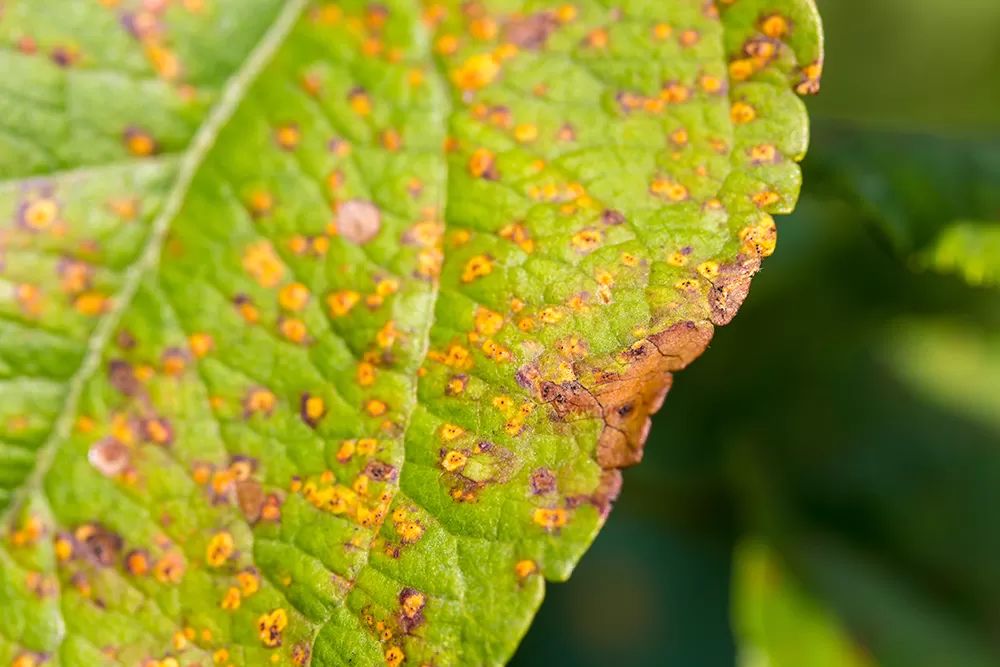
7 Common Tree Diseases Homeowners Face
Just like us humans, trees get diseases as well. That’s why today we’ll show you the five most common tree diseases.
Good tree and landscape care often involve identifying signs of illness. With this guide, we’ll show you the main ailments as well as the symptoms each ailment brings.
So, if you ever start noticing any alarming signs from your trees, be sure to have this article by your side! Also, if you wish to learn how to treat a sick tree, we invite you to click here!
Why Do Trees Get Sick?
Trees are living things. Some get to live long enough, while others don’t. And many times, the reason why a tree can’t live as long as another one lies in the fact that they get sick.
There are many factors that can make your tree sick. For instance, environmental stress can take a big toll on your trees.
These are some reasons why a tree will start to get sick:
- Environmental stress
- Fungi
- Bacterial infection
- Viruses
Environmental Stress
Believe it or not, environmental stress can make trees sick. There are three types of stress that can negatively affect your trees:
- Biological
- Physical
- Mechanical
Additionally, factors such as poor soil and extreme temperatures can take a toll on your tree’s overall health. As environmental stress weakens the tree, pests can prey on your tree, bringing all sorts of ailments.
Some of the most common factors of environmental stress include frost cracks, hail injury, drought, and sunscald.
Fungi
In most cases, fungi attack trees that are dead or in a dying state. This is because they use the tree’s trunk as a perfect spot to live on.
There are two main fungal decay types: white rots and brown rots.
White rots have a white spongy-like structure. Brown rots, on the other hand, can make a tree’s trunk have a brick-like surface.
Sometimes, fungi can have a good relationship with your trees. When this happens, we call it a symbiotic relationship. Fungi get energy from the tree. In return, fungi can catch any water and nutrients that are far away from the tree and bring them to its roots.
Sadly, there are some cases in which a fungal infection is a very bad sign. When a tree starts to present any fungal infection signs, such as mushrooms and bracket fungi, it can mean that it’s too late to save. The best thing to do is have an expert remove it.
Lastly, in most cases, fungi can attack a living tree and act as a parasite. In fact, most common tree diseases come from fungi. We’ll go over some of these diseases further on in this article.
Bacterial Infections
Bacteria can bring sickness to your trees as well. However, bacterial infections aren’t quite as common as fungal ones.
Some of the most common bacterial diseases usually bring symptoms such as stem bleeding, foliage decay, and cankers.
Bacteria can be extremely harmful to your trees since they can leave your trunk with dead areas. And, as we explained before, dead areas are the perfect spot for fungi.
Some bacterial diseases you probably are already familiar with include fire blight, scorches, and crown gall.
Viruses
Lastly, we have viruses as one of the reasons behind tree diseases. Viral ailment symptoms include yellowing or pale-green leaves. Additionally, viruses can stun the growth of a tree. A great way to fight viral diseases includes pruning any infected branches.
Difference Between Pests and Disease
Many homeowners tend to think that pests and diseases are the same. And although they might seem the same since they both harm your trees, you need to know that they’re different.
For instance, one key difference between pests and diseases is that pests tend to suck water and food from your tree. Because of this, when a tree has pests it can display symptoms such as wilting and nibbling on the stem and leaves.
Diseases, on the other hand, can change your tree’s physiology. This causes trees to have abnormal swelling, as well as becoming more fragile.
7 Tree Diseases Every Homeowner Should Know About
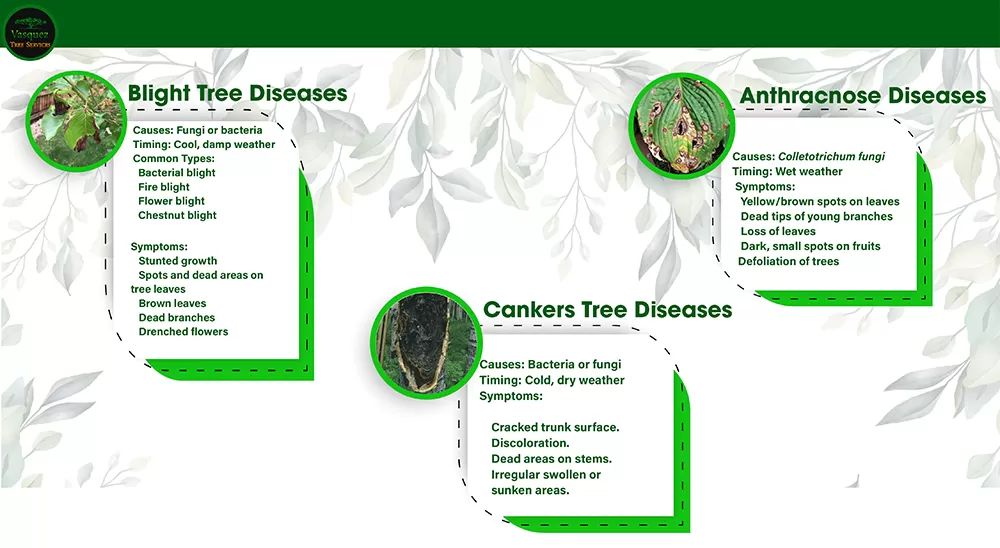
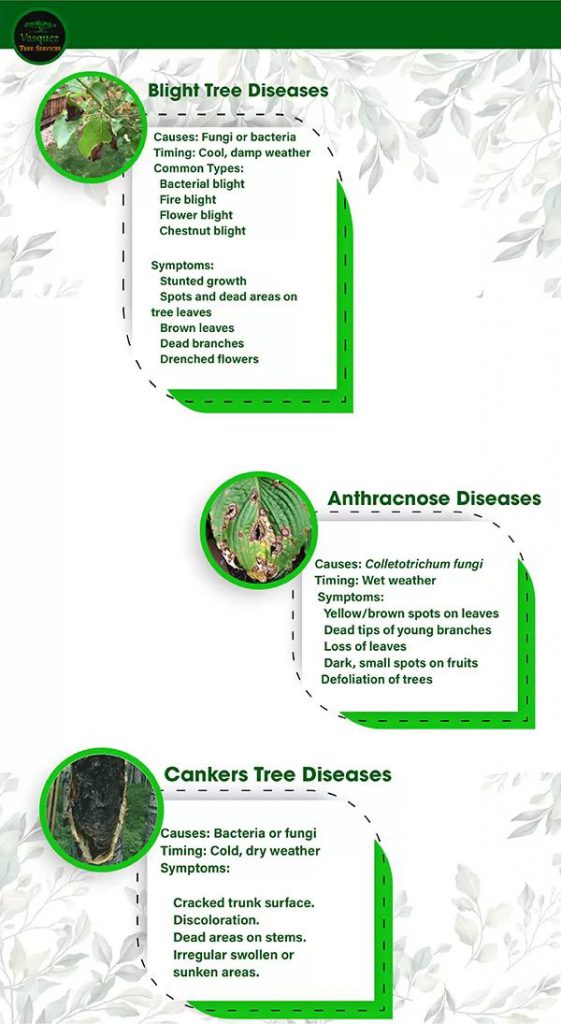
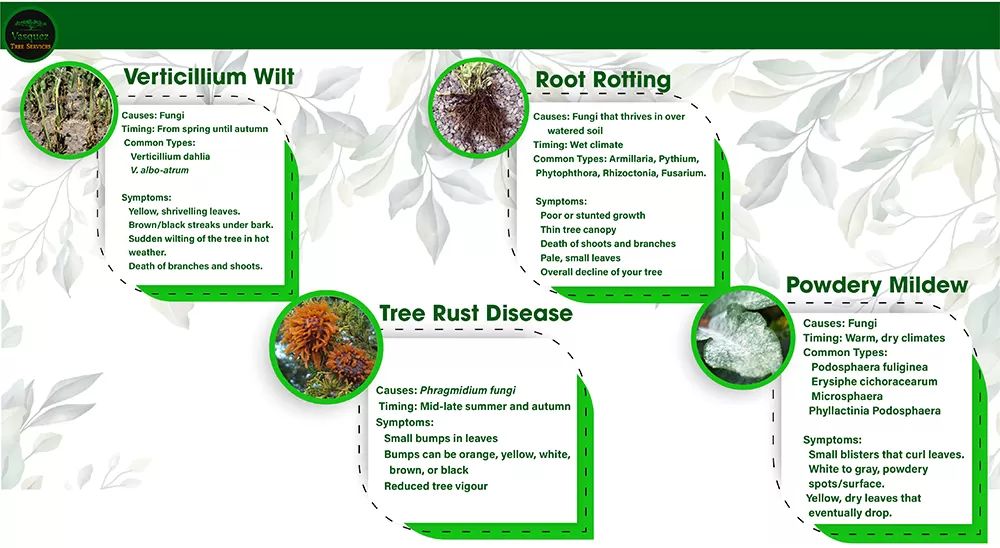
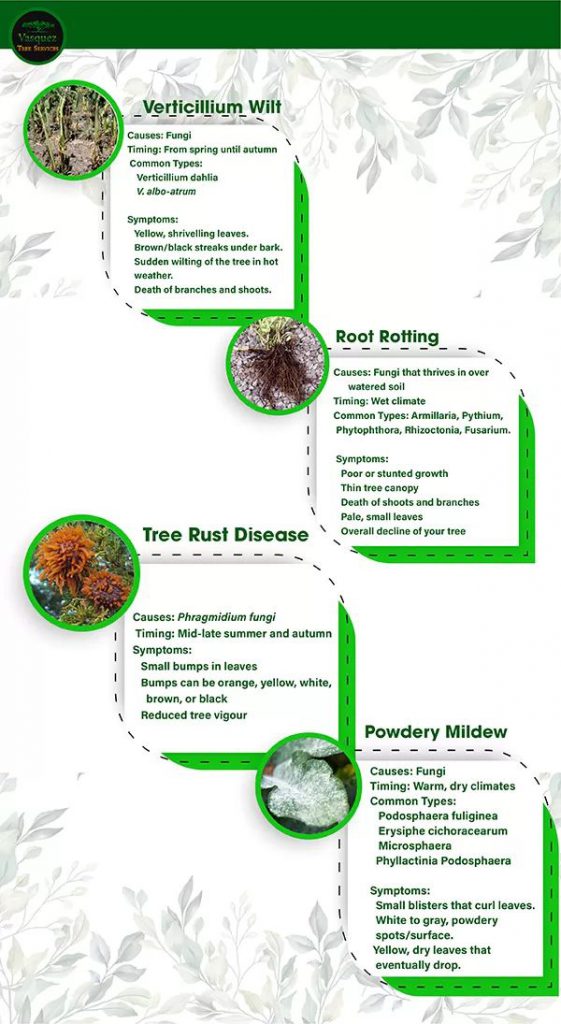
Now that you know the main culprits behind tree diseases, it’s time to go over the top tree illnesses that can pose a threat to your trees.
Here are 7 tree diseases that bring harm to homeowners:
- Blight tree diseases
- Anthracnose disease
- Cankers tree diseases
- Verticillium wilt
- Root rotting
- Tree rust disease
- Powdery mildew
Let’s go over each of these ailments:
Blight Tree Diseases
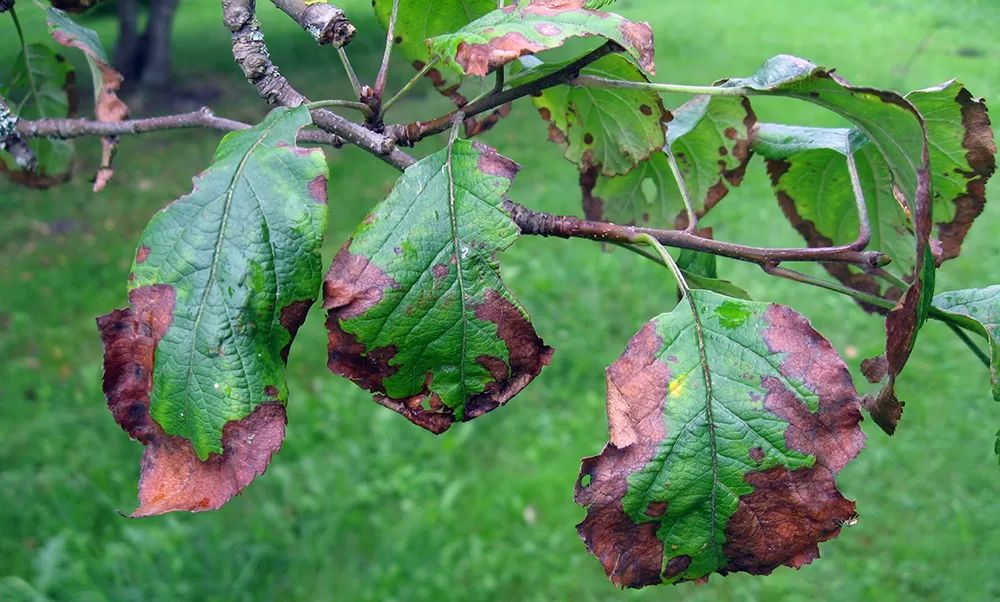
First, we have blight tree diseases as one of the most common tree ailments a homeowner might face. You’ve probably heard of this disease before, especially fire blight. This is because there are so many types of blights that can affect trees.
Although most tree blights come from a fungus, there’s a blight that has a bacterial origin. Some of the most common kinds of blight are a bacterial blight, flower blight, fire blight, and chestnut blight. Also, this type of illness tends to attack trees and shrubs in cool, damp weather.
Additionally, some telltale signs your tree might suffer from tree blight include leaf spots and dead areas, brown leaves, dead branches, and drenched flowers. Moreover, note that tree blight can stunt your tree’s growth.
Anthracnose Diseases
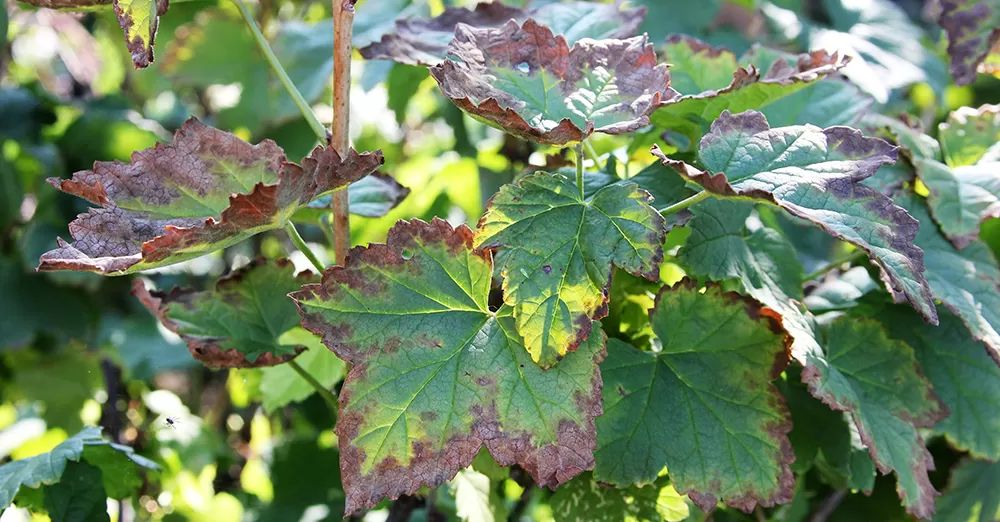
Just like blight diseases, there are many types of anthracnose diseases. The most common type of anthracnose comes from a fungus kind called Colletotrichum. This disease tends to affect most white oaks, maple trees, and sycamore.
Because it comes from a fungus, this disease thrives in wet weather. Some typical signs an infected tree might present include yellow to brown leaf spots, dead tips of young shoots and branches, small dark spots on fruits, and defoliation.
Cankers Tree Diseases
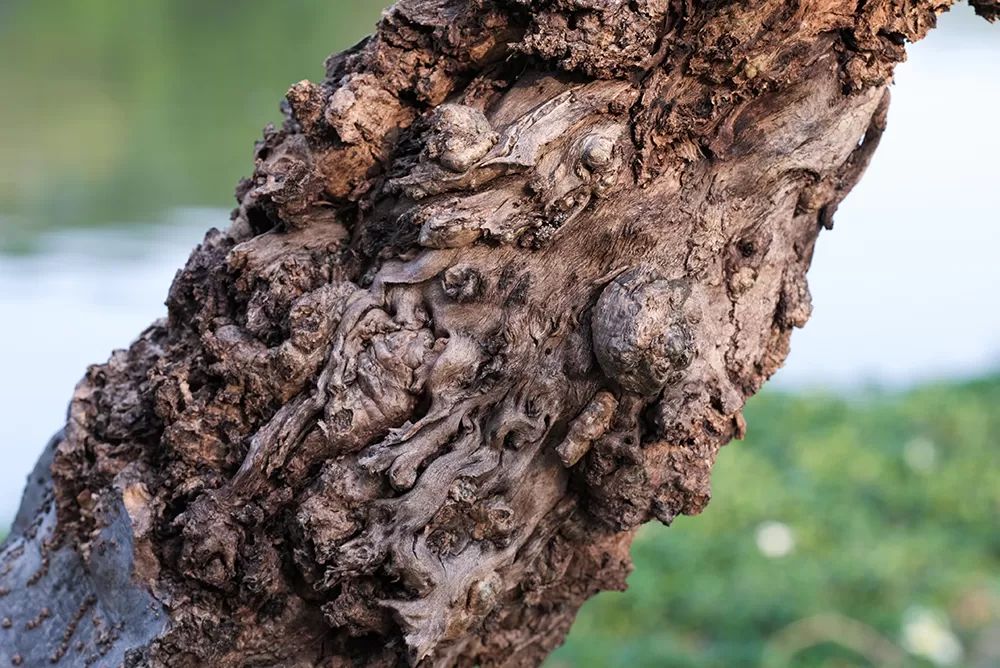
Similar to tree blight and anthracnose, cankers tree diseases have many forms. They can come from fungi or bacteria, and affect more to the tree’s trunk. This disease affects weak trees due to a cold and dry climate.
Some telltale signs that your tree might be suffering from cankers include cracked, discolored surfaces in the trunk. Also, a canker brings irregular sunken or swollen areas. Lastly, there might be dead areas on the tree’s stems and branches.
Verticillium Wilt
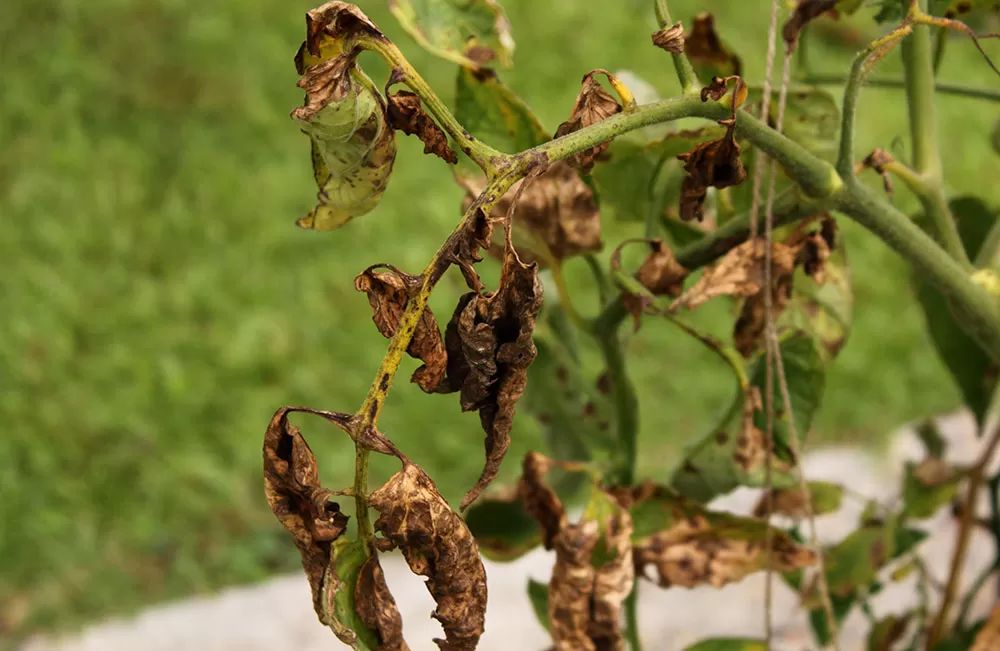
When it comes to verticillium wilt, there are two main types of fungi: verticillium dahliae and V. albo-atrum. This disease tends to strike most around spring to autumn. Also, some trees that are more susceptible to verticillium wilt include maple trees, elms, and ash trees.
Symptoms for this tree sickness include:
- Yellow, shriveling leaves
- Brown/black streaks under the bark
- Sudden wilting of the tree in hot weather
- Death of branches and shoots
Root Rotting
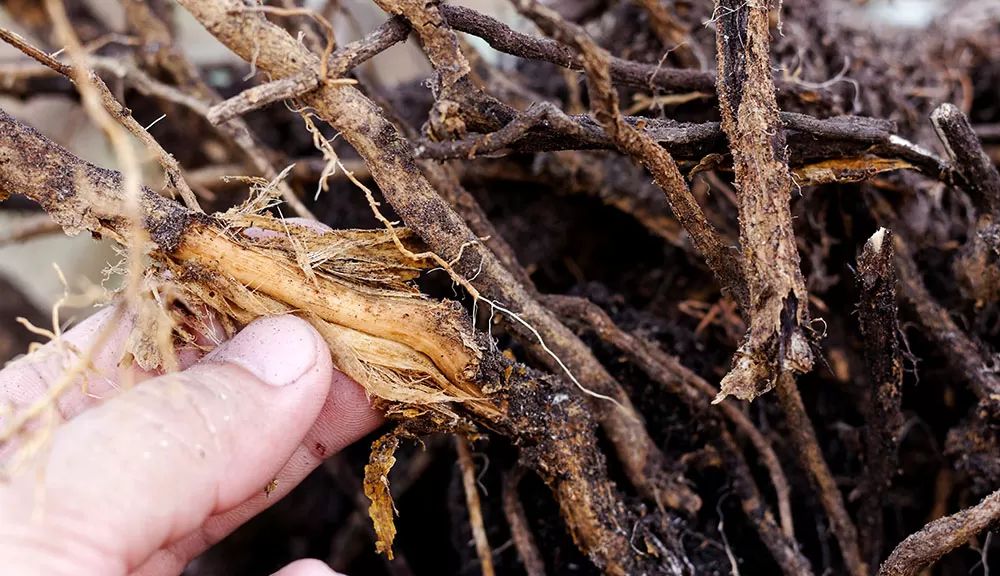
Being a disease that thrives in a wet climate, root rotting can be quite common. When a tree suffers from root rot, it might display symptoms such as a thin tree canopy, dead shoots and branches, and pale, small leaves.
Root rotting comes from a variety of fungi. Some of these include:
- Armillaria
- Pythium
- Phytophthora
- Rhizoctonia
- Fusarium
To avoid rotting, you’ll need to make sure that your tree’s soil has an excellent drainage system. That way, there’s no overwatered soil that can hurt your tree.
Tree Rust Disease
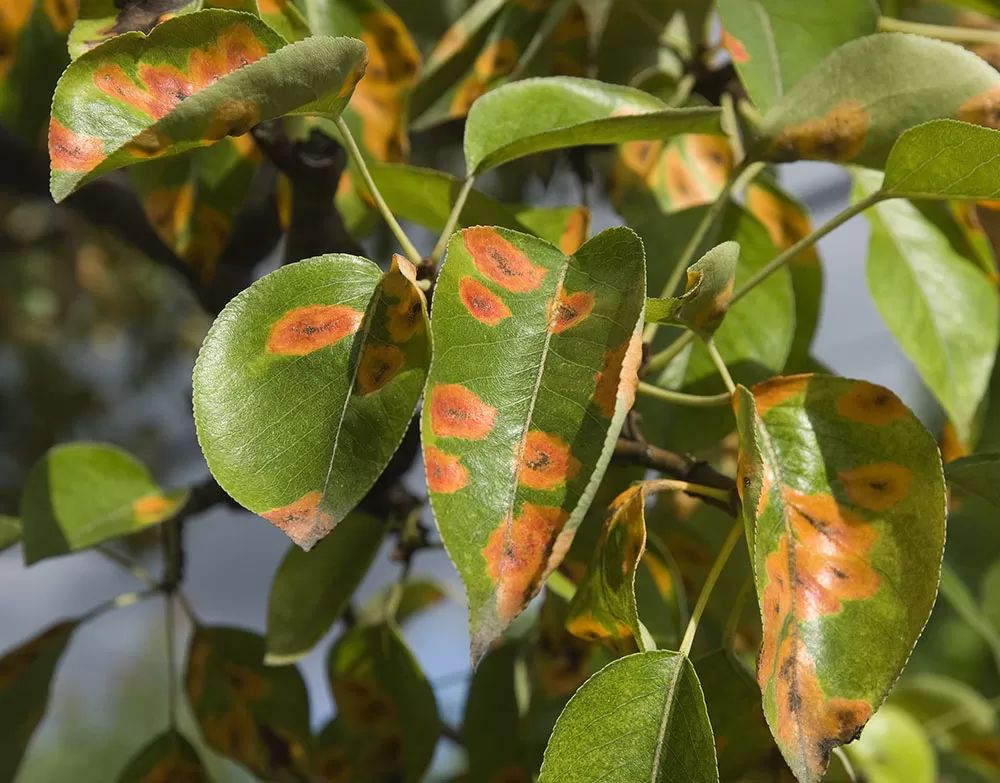
We call rust to a number of diseases that affect trees. In fact, there are over five thousand types of tree rust that affect plants. The most common type of rust we find on trees comes from the fungal disease Phragmidium.
Tree rust usually starts to appear between mid-late summer and autumn. This is because during these seasons, the warm wet climate in the morning continued with the high temperatures can make this fungus thrive.
Some of the most common symptoms infected trees present include small bumps on leaves. These bumps can range in color, often being orange, yellow, white, brown, or black. Lastly, when a tree suffers rust, your tree can lose its vigor.
Powdery Mildew

Lastly, among the most common tree diseases, a homeowner might face we have powdery mildew.
Powdery mildew is a fungal disease and is among the easiest illnesses to recognize. This is because its symptoms are hard to miss.
A tree with this disease displays small blisters on the leaf surface. Because of these blisters, the leaf curls. Also, this disease makes leaves have white to gray “powdery” spots on their surface. Lastly, this ailment can make your tree’s leaves turn yellow and fall out in later stages. Trees tend to get this disease when the climate is warm and dry. Some of the most common types of powdery mildew include Podosphaera Fuliginea, Erysiphe cichoracearum, and microsphaera.



